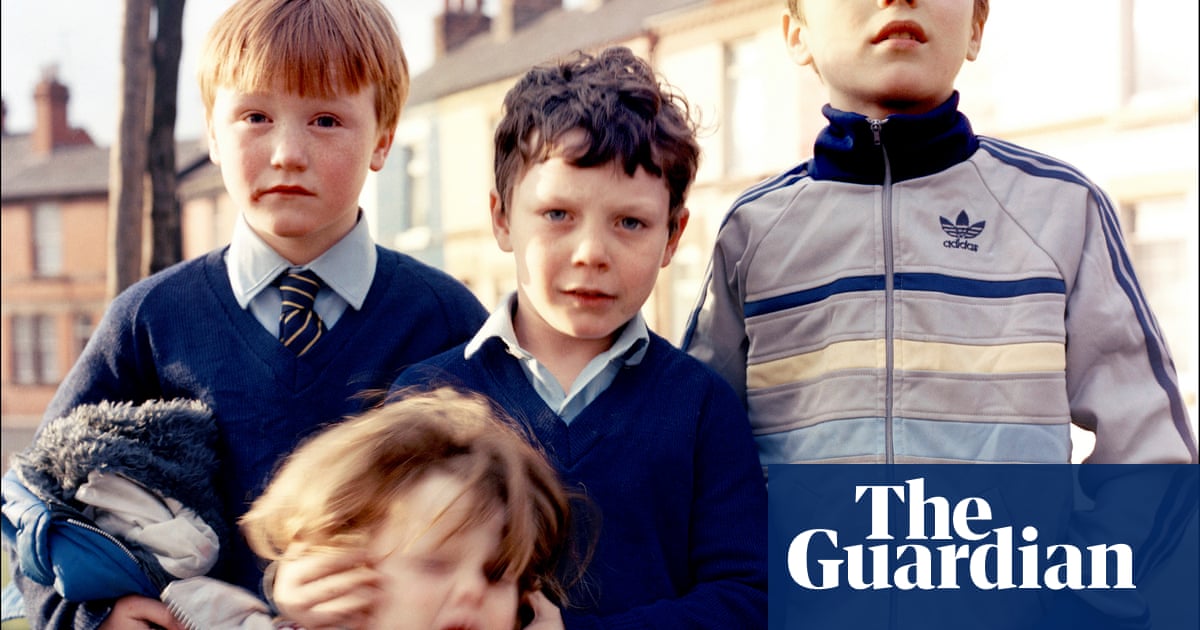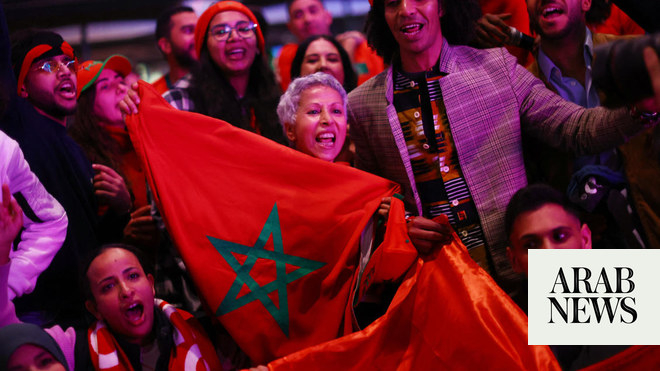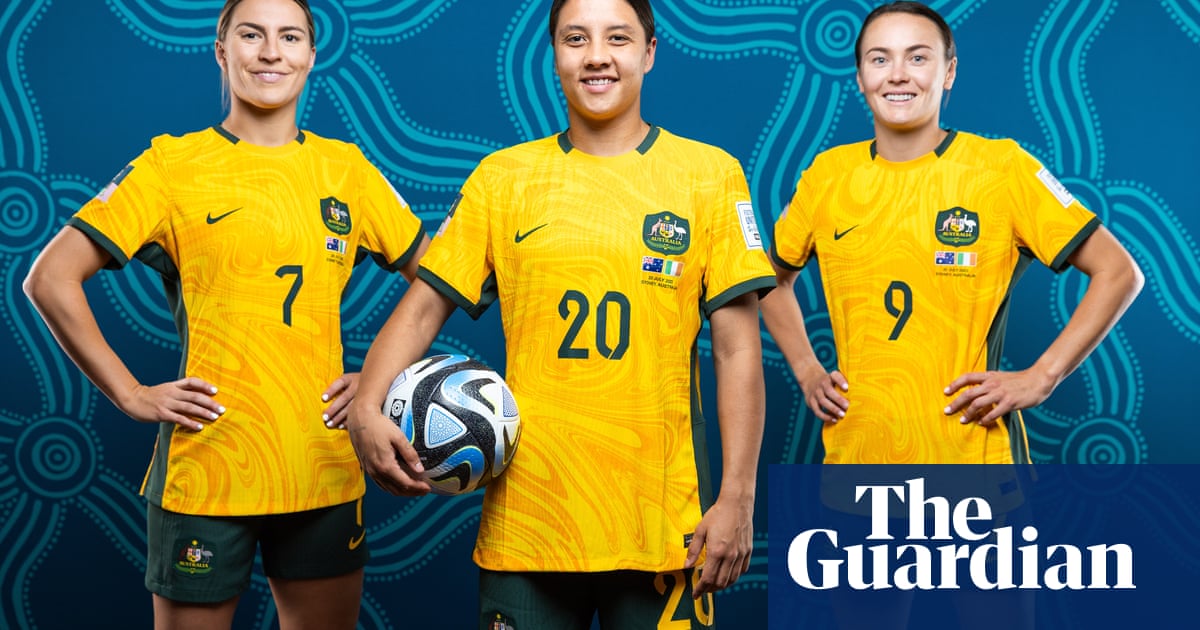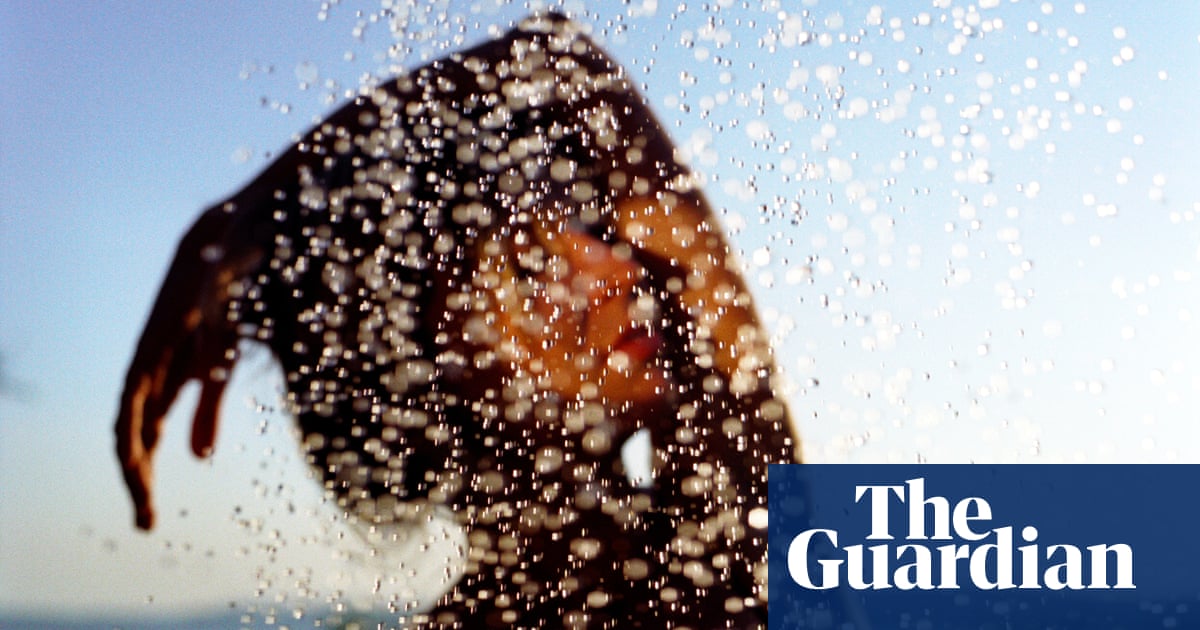
he key to a great sports shot is timing … and a lot of luck. There might be an amazing shot about to happen and then a player or an official steps in front of you. One time I was shooting a game where there were seven goals scored – but six of them happened at the other end of the pitch! One player alone scored four and I didn’t have anything of it because I was at the opposite end.
For this shot, it all came together. It was the 2019 Women’s World Cup and the USA were about to win their quarter-final against the hosts, France, at the Parc des Princes in Paris. Once we hit the 90-minute mark I followed the USA team’s captain, Alex Morgan, around the pitch with my lens, hoping she’d do something. During stoppage time she had moved away from me and I was worried she’d be too far off. I had a backup plan to photograph the bench instead, because the substitutes and staff often come running on to the pitch at the final whistle, but luckily the play came back towards my end.
I was focused on Morgan while she was celebrating and hadn’t even seen Kelley O’Hara running towards her. Then, out of nowhere, she jumped into the frame. It all happened in a split second and I just happened to catch her in the air. The image has a few things going for it – her fists are clenched, her ponytail’s up in the air, she’s obviously celebrating.
That World Cup was absolutely brilliant – definitely up there with some of the best men’s World Cups I’ve worked. The atmosphere was great and the skill level was fantastic. I’ve been shooting women’s games for a few years – we have a league here in Australia that’s grown quite a bit – and it’s great that the players are finally getting recognition for their skill. When I started out, a women’s game would be lucky to get a couple of paragraphs in the paper – now the press cover every match.
And there’s a lot more respect for the players these days. It used to be that the press would concentrate on the women they thought were better looking, and often they would use pictures of them in ballgowns rather than action shots. But there are still depressing moments. Last year, a photo of Aussie footballer Tayla Harris kicking the ball went viral – it was a great action shot captured by an AFL photographer. But on social media it became the target of some really bad sexist trolling. Harris is also a boxer so I think if some of the trolls met her in the street they’d probably keep quiet.
I’ve shot quite a few major sports and you treat them all differently. With golf, you have to be quiet and not move, and then be in position ahead of the players arriving at their spot for their next shot. With motorsport, luck plays a big part: you can be at a corner for 10 minutes and then, just as you walk off, there’s a crash at the same spot.
Photographing sport has changed since the Covid-19 crisis. I shot the first three games of the new Australian Football season with no crowds. Normally at the Melbourne Cricket Ground there are up to 100,000 people and the opening game is a real blockbuster event. But this year, you could hear trains pulling into the station across the road and the thud of flesh on flesh during the game. It’s hard because the crowd noise normally helps me out. We’re always filing pictures throughout the game as we’re shooting, so you need to keep an ear out for what’s happening on the pitch – the crowd roaring can signal that it’s time to put your head up and see what’s going on.
Sometimes you might capture a great goal celebration, but if that team doesn’t go on to win the match it will never see the light of day in the paper. If you know you’ve got a cracking celebration or action picture, you do find yourself rooting for that team to go on and win the game so it has a chance of getting used!
One trick I have is to put a remote camera behind the goal at pretty much every match I attend in the hope of capturing the ball hitting the back of the net. I focus it before kick-off and then operate it with a foot pedal during the game. I got a nice one that way last year, of two England players celebrating on the line after they’d scored. Shooting football games is an intense process, and when the final whistle goes it sometimes feels like you’ve been on the pitch yourself.
Rob Cianflone’s CV
Born: Melbourne, 1971.
Trained: No formal training. Mainly self-taught; attended a few courses.
Influences: “I was a big fan of newspaper photographers Terry Phelan and Bruce Postle. Also the Allsport photographer Mike Powell.”
High point: “Covering the 2006 World Cup. It was my first World Cup. I’d wanted to attend one ever since watching the 1982 World Cup as an 11-year-old. Australia winning the first match and then qualifying for the round of 16 was amazing, and all the team members were a pleasure to deal with.”
Low point: “Having all my equipment stolen in Brazil before the 2014 World Cup. It was never recovered.”
Top tip: “Follow the top sports photographers, look at their pictures and understand what makes it a great picture. Work hard, don’t be cocky, and don’t be afraid to ask questions.”












